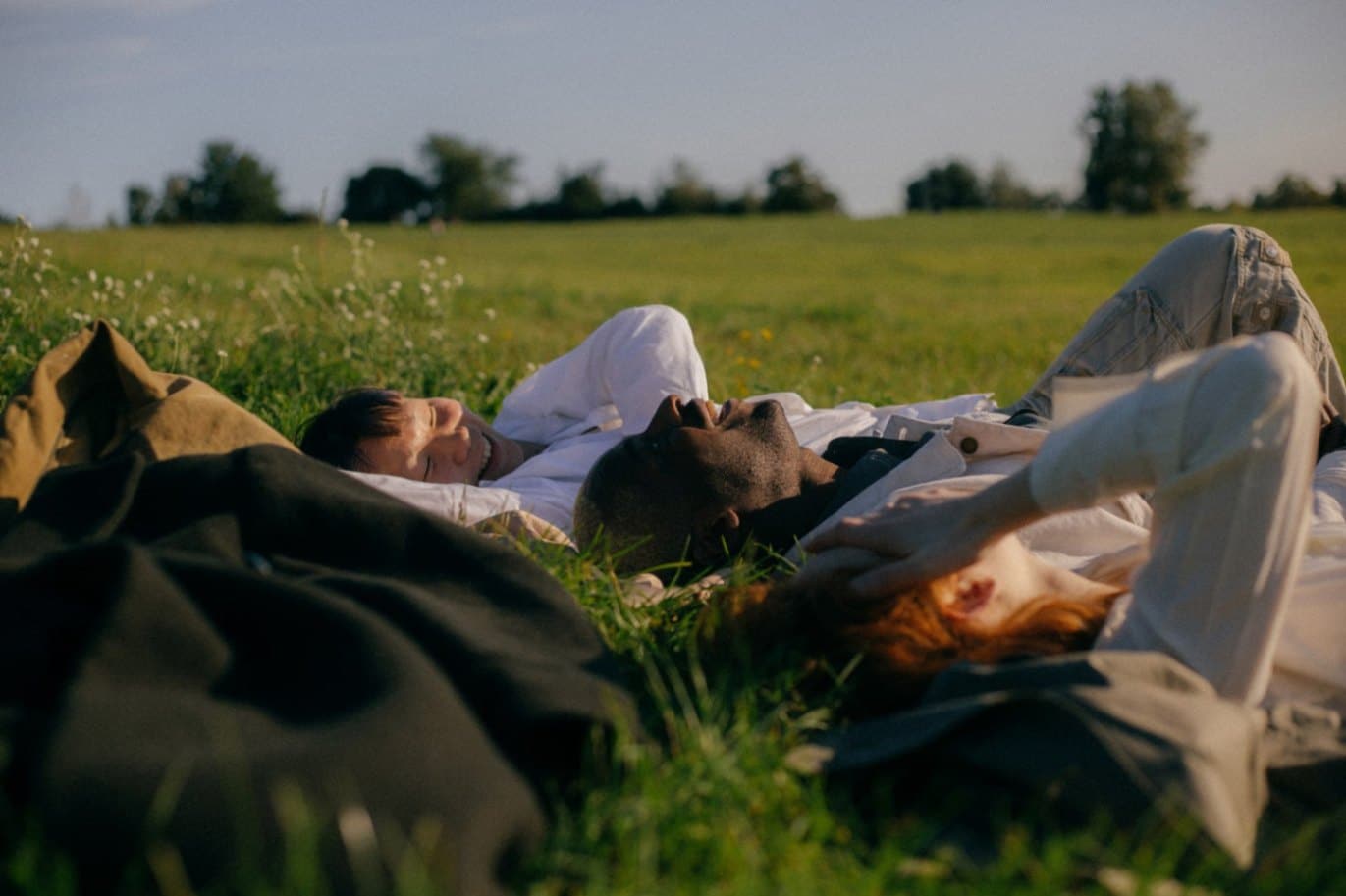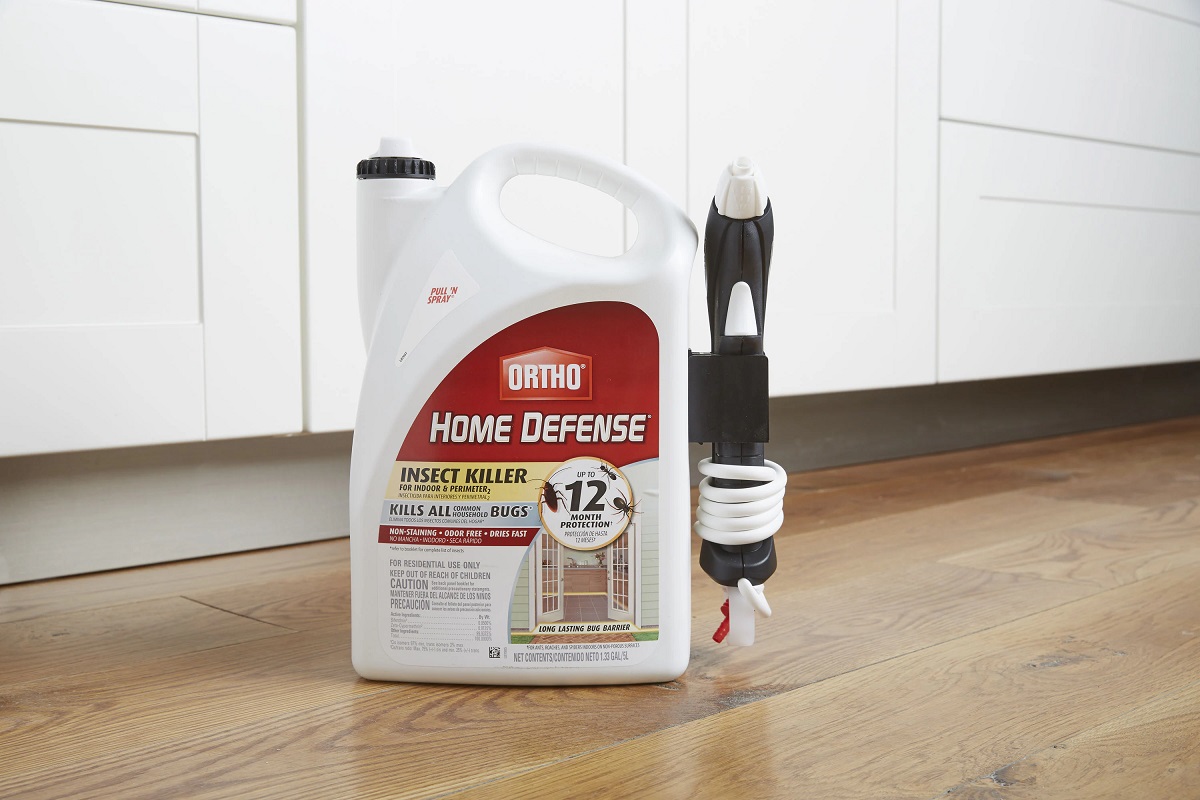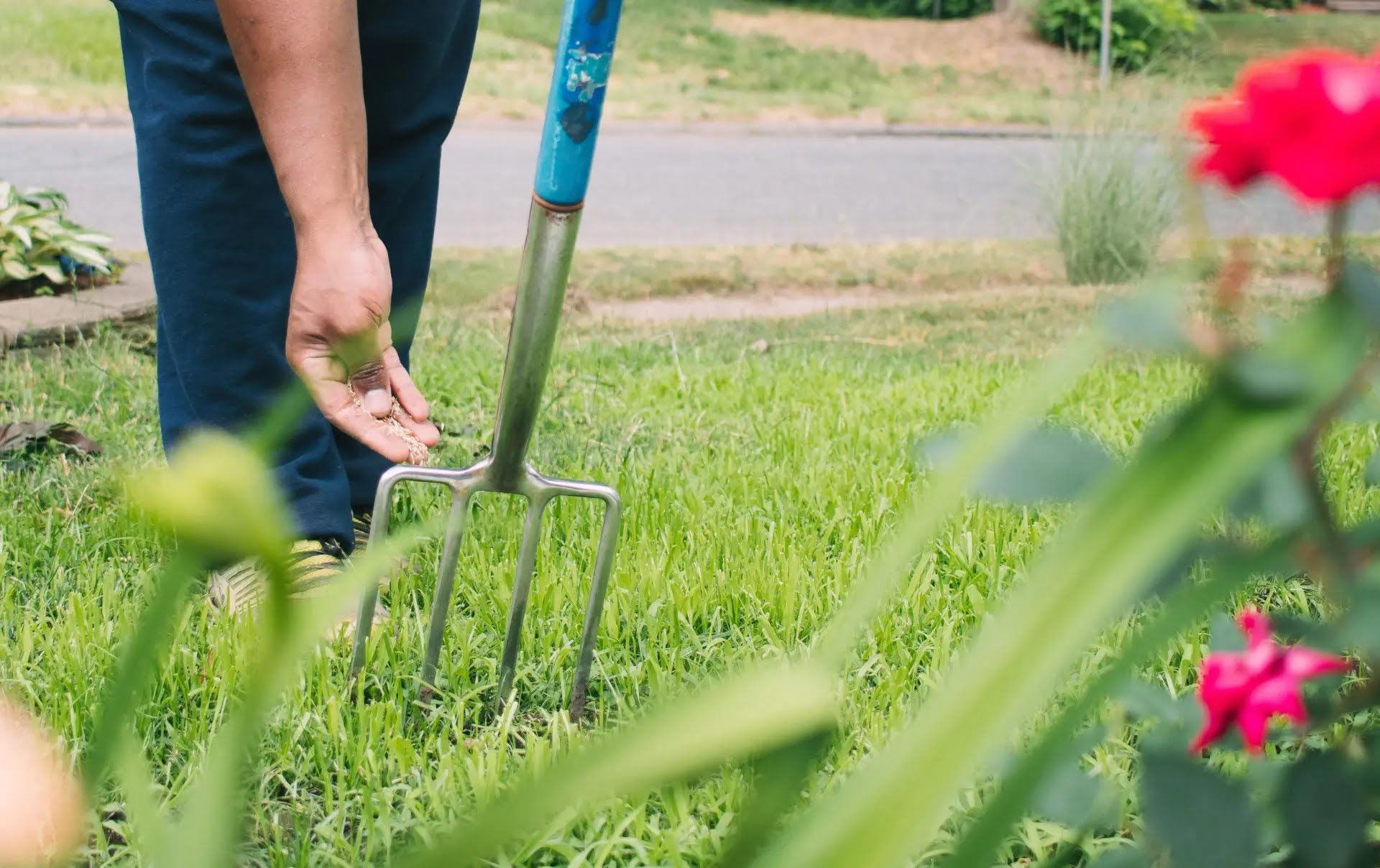Home>Furniture & Design>Outdoor Furniture>What Was The Main Fear Concerning The Consequences Of Outdoor Relief?


Outdoor Furniture
What Was The Main Fear Concerning The Consequences Of Outdoor Relief?
Published: February 12, 2024
Discover the main fear concerning the consequences of outdoor relief and explore the best in outdoor furniture, design, and decor. Find everything you need for your outdoor space.
(Many of the links in this article redirect to a specific reviewed product. Your purchase of these products through affiliate links helps to generate commission for Storables.com, at no extra cost. Learn more)
Introduction
When it comes to outdoor furniture, the design and functionality play a pivotal role in creating an inviting and comfortable outdoor space. From durable materials to innovative designs, outdoor furniture has evolved significantly to meet the demands of modern consumers seeking both style and resilience. In this article, we will delve into the world of outdoor furniture, exploring the latest trends, design tips, and maintenance practices to help you elevate your outdoor living experience.
Outdoor furniture has transcended its traditional role as mere functional pieces, now embodying a seamless blend of aesthetics and practicality. Whether it's a cozy patio, a sprawling garden, or a chic rooftop terrace, the right outdoor furniture can transform any space into a relaxing oasis. As we navigate through the nuances of outdoor furniture, we will uncover the art of creating an outdoor sanctuary that reflects your personal style while enduring the elements with grace. So, let's embark on this journey to discover the endless possibilities that outdoor furniture and design have to offer.
Key Takeaways:
- Outdoor relief in 19th-century England sparked fears of perpetuating poverty and undermining self-sufficiency, highlighting the complex challenges of social welfare and poverty alleviation.
- Critics opposed outdoor relief due to concerns about dependency, moral decay, financial strain, and social disruption, shaping the discourse on social welfare policies and assistance programs.
Read more: What Is A Home Safety Concern
Historical Context of Outdoor Relief
Outdoor relief, a term primarily used in 19th-century England, referred to the assistance provided to the poor outside of workhouses. This form of relief was often met with apprehension due to concerns about its potential consequences. During this period, outdoor relief was a contentious issue, with debates revolving around its impact on society, the economy, and the recipients themselves.
Amidst the Industrial Revolution, the demand for outdoor relief surged as urbanization led to overcrowded cities and increased poverty. The poor living conditions and lack of job opportunities prompted the government and charitable organizations to provide aid to those in need. However, the provision of outdoor relief was accompanied by fears of dependency, moral decay, and the erosion of the work ethic among the recipients.
As outdoor relief became more prevalent, it sparked discussions about the most effective ways to alleviate poverty while minimizing the potential negative repercussions. The historical context of outdoor relief sheds light on the complexities of social welfare and the enduring debate surrounding the best approach to support the impoverished members of society. Understanding this historical backdrop is crucial in comprehending the evolution of social welfare policies and their enduring impact on communities.
Main Fear Concerning the Consequences of Outdoor Relief
The main fear concerning the consequences of outdoor relief revolved around the potential perpetuation of poverty and the erosion of self-sufficiency among the recipients. Critics of outdoor relief expressed concerns that providing assistance outside of workhouses would discourage individuals from seeking employment, leading to long-term dependency on aid. This apprehension stemmed from the belief that the availability of outdoor relief would disincentivize individuals from actively seeking work, perpetuating a cycle of poverty within society.
Furthermore, there was a prevalent fear that outdoor relief could undermine the moral fabric of society by promoting idleness and a lack of accountability among the impoverished population. The notion that individuals receiving outdoor relief would become complacent and lose their motivation to improve their circumstances fueled the apprehension surrounding this form of assistance. Critics argued that by offering aid without stringent conditions, outdoor relief would weaken the work ethic and diminish the sense of personal responsibility among the recipients.
Another significant concern was the potential strain on public finances and charitable resources. The fear of excessive financial burden on the government and charitable institutions due to the widespread distribution of outdoor relief prompted apprehensions about the sustainability of such assistance programs. Skeptics questioned the long-term feasibility of providing aid outside of workhouses, expressing fears that it could lead to financial instability and hinder the overall welfare system.
Moreover, there was a prevailing fear that outdoor relief could disrupt the hierarchical structure of society by challenging the established norms of labor and social order. The potential implications of blurring the lines between the deserving and undeserving poor, as well as the impact on social cohesion, contributed to the apprehensions surrounding the consequences of outdoor relief.
These fears underscored the complexities and moral dilemmas associated with providing assistance to the impoverished population during a transformative period in history. The debates surrounding the consequences of outdoor relief reflected the broader societal concerns about poverty, welfare, and individual responsibility, shaping the discourse on social welfare policies for generations to come.
The main fear concerning the consequences of outdoor relief was that it would encourage laziness and dependency among the poor. This fear led to the implementation of workhouses as a deterrent.
Opposition to Outdoor Relief
The opposition to outdoor relief stemmed from a multitude of concerns and ideologies that shaped the discourse surrounding social welfare during the 19th century. Critics of outdoor relief were driven by a combination of economic, moral, and social considerations, leading to fervent opposition to the widespread provision of assistance outside of workhouses.
One of the primary grounds for opposition was rooted in the belief that outdoor relief would foster dependency and diminish the incentive for individuals to seek gainful employment. Critics argued that the availability of assistance without the requirement of residing in workhouses would undermine the work ethic and perpetuate a cycle of poverty, ultimately hindering the economic progress of society.
Moral objections also played a significant role in the opposition to outdoor relief. There was a prevailing concern that providing aid outside of workhouses would erode the moral fabric of society by promoting idleness and diminishing the sense of personal responsibility among the impoverished population. Critics contended that outdoor relief would lead to a decline in self-sufficiency and accountability, ultimately weakening the moral character of the recipients.
Furthermore, the opposition to outdoor relief was fueled by fears of financial strain on public resources and charitable institutions. Critics expressed apprehensions about the sustainability of widespread outdoor relief programs, highlighting the potential burden on government finances and charitable funds. The fear of excessive financial expenditure and the long-term viability of such assistance programs contributed to the opposition to outdoor relief.
Social considerations also influenced the opposition to outdoor relief, with concerns about the potential disruption of the established social hierarchy and the traditional norms of labor and welfare. Critics feared that outdoor relief would challenge the existing social order and blur the distinction between the deserving and undeserving poor, leading to potential social unrest and discord.
Overall, the opposition to outdoor relief was deeply entrenched in the apprehensions about its impact on individual self-sufficiency, moral values, economic stability, and social order. These multifaceted concerns shaped the discourse on social welfare policies and influenced the development of assistance programs for the impoverished population, leaving a lasting impact on the trajectory of social welfare initiatives.
Conclusion
The historical context of outdoor relief provides valuable insights into the intricate dynamics of social welfare and the enduring debates surrounding poverty alleviation. The fears and opposition to outdoor relief were deeply rooted in concerns about perpetuating dependency, undermining moral values, straining public resources, and disrupting social order. These apprehensions reflected the complex interplay of economic, moral, and social ideologies that shaped the discourse on social welfare policies during a transformative period in history.
While the apprehensions surrounding outdoor relief were significant, they also underscored the moral dilemmas and ethical considerations inherent in addressing poverty and social inequality. The debates surrounding outdoor relief have enduring relevance, serving as a poignant reminder of the enduring challenges and complexities of social welfare initiatives.
Understanding the historical context of outdoor relief allows us to appreciate the evolution of social welfare policies and their impact on communities. It also provides valuable lessons for contemporary discussions on poverty alleviation, emphasizing the importance of balancing assistance with individual responsibility, preserving moral values, and ensuring the sustainability of social welfare programs.
As we navigate the complexities of social welfare, the historical discourse on outdoor relief serves as a compelling narrative that continues to inform our approach to addressing poverty and fostering inclusive, resilient communities. By examining the fears and opposition to outdoor relief, we gain a deeper understanding of the enduring quest to create equitable and compassionate societies, where the welfare of all members is upheld with dignity and purpose.
Ultimately, the historical context of outdoor relief invites us to reflect on the timeless pursuit of social justice and the imperative of crafting holistic, sustainable solutions to alleviate poverty and empower individuals and communities. It is a testament to the enduring relevance of historical narratives in shaping our collective journey towards a more just and compassionate society.
Frequently Asked Questions about What Was The Main Fear Concerning The Consequences Of Outdoor Relief?
Was this page helpful?
At Storables.com, we guarantee accurate and reliable information. Our content, validated by Expert Board Contributors, is crafted following stringent Editorial Policies. We're committed to providing you with well-researched, expert-backed insights for all your informational needs.
















0 thoughts on “What Was The Main Fear Concerning The Consequences Of Outdoor Relief?”